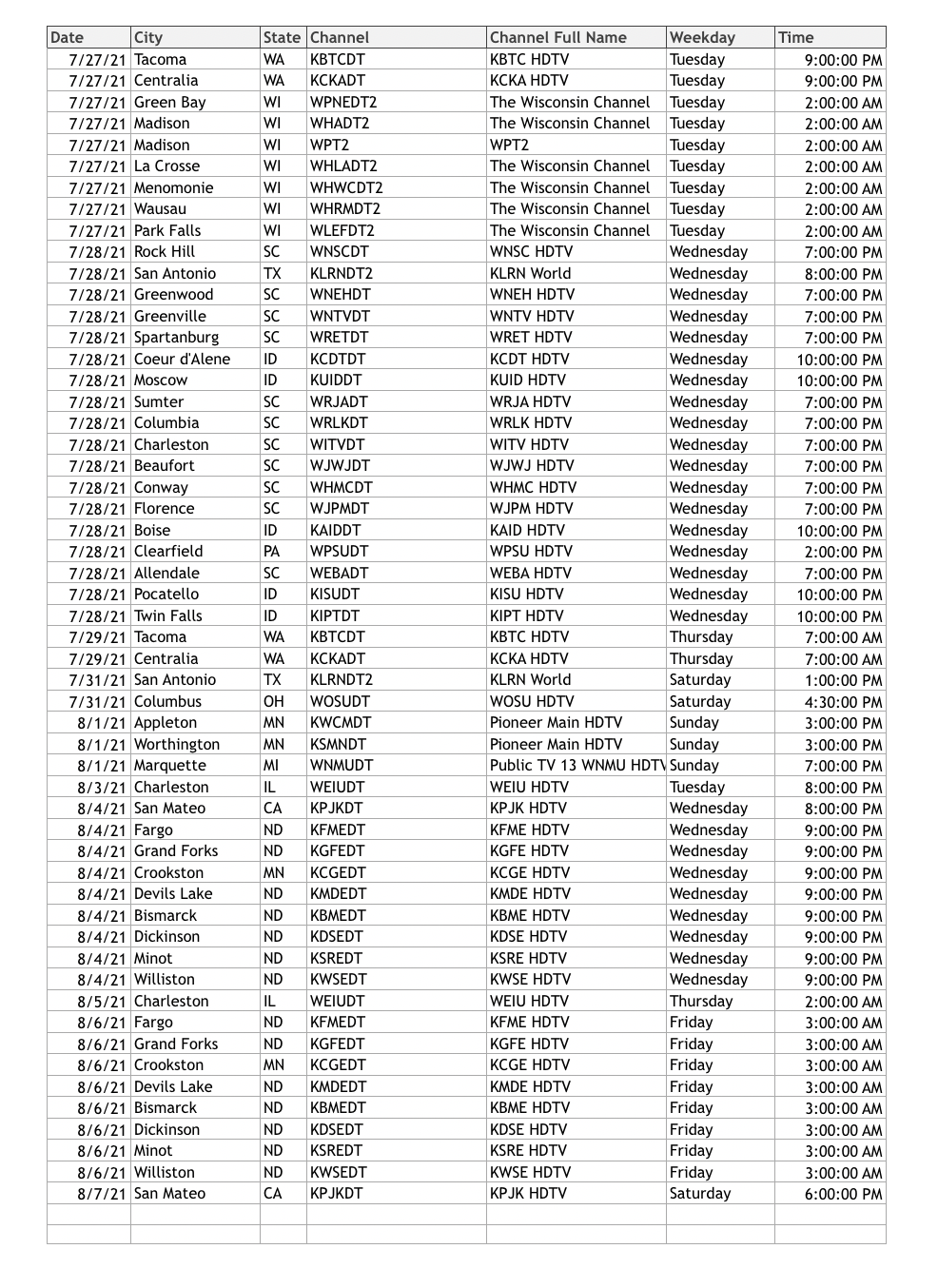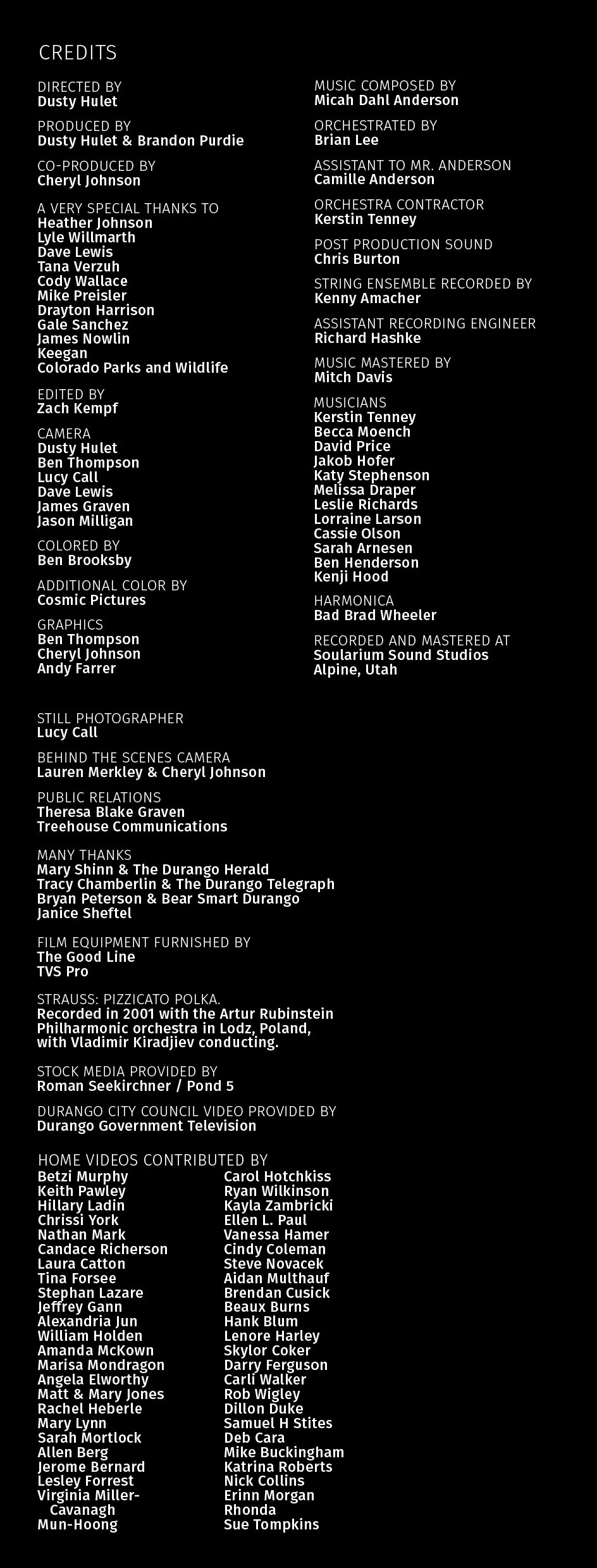Bears of Durango
Dive headfirst into bear dens with the biologists studying how human development affects bear behavior.
In 2011 Colorado Parks and Wildlife initiated a major research effort to address increases in human-black bear conflicts. A team of wildlife researchers led by Dr. Heather Johnson has spent the past six years investigating the factors driving those increases and the effects of expanding human development on bear populations.
"If we want our native biodiversity here, if we want these large carnivores to be back on our landscapes, ultimately we're going to have to figure out, how do we coexist? How do we share a single landscape?” — Heather Johnson, PhD, Lead Wildlife Researcher.
GET INVOLVED
Over five years, Bears of Durango has grown from a short film to a feature-length documentary. Accolades and awards received at every festival at which the film has played are indications that the story has great potential to impact viewers far and wide.
NATIONAL TELEVISION
Bears of Durango’s festival success brought with it the opportunity for the film to play nearly 900 times on American Public Television, beginning its PBS run in July 2021.
INDIVIDUAL, TAX-DEDUCTIBLE DONATIONS
As the team continues to improve the film, distribute the film, and market the film, additional resources are needed to maximize the project's quality, reach, and impact. Opportunities for international television play, theatrical screenings, educational use, and other forms of distribution are on the horizon. The film team is actively fundraising, pursuing the widest possible release.
The film’s nonprofit partner, Mountain Studies Institute, has made it possible for individual contributions to Bears of Durango to be tax deductible. Those interested in making a contribution are encouraged to do reach out to bearsofdurango@gmail.com.
HOST A SCREENING IN YOUR AREA
We’ve seen real change in attitude and policy when dedicated community members, non-profits, and government agencies host screenings of Bears of Durango in their areas. Reach out to the film team at bearsofdurango@gmail.com to learn more about hosting a screening in your area.
PAPERS PUBLISHED FROM THE DURANGO BLACK BEAR STUDY
"Assessing ecological and social outcomes of a bear-proofing experiment" (Journal of Wildlife Management) - evaluated the effectiveness of "bear-proofing" for reducing human-black bear conflicts
"Human development and climate effect hibernation in black bears with implications for human-carnivore conflicts" (Journal of Applied Ecology) - we found that hibernation declines in response to warmer winters and as bears increase their use of human development.
"Understanding and Managing Human Tolerance for Black Bears in a Residential System" (Biological Conservation) - Used public mail surveys and conflict trash data to evaluate factors associated with peoples' tolerance of living with bears.
"Cascading effects of human food on hibernation and cellular aging in black bears" (Scientific Reports) - Found that bears that used more human food had shorter hibernations and experienced increased biological/cellular aging.
"Shifting Perceptions of Risk and Reward: Selection for Human Development by Black Bears" (Biological Conservation) - Found that bears dynamically use human development based on natural food conditions.
"Experience, attitudes, and demographic factors influence the probability of reporting a human-black bear interaction" (Wildlife Society Bulletin) - Assessed factors associated with why people decide to report a bear interaction to the authorities.
"A conceptual model for the integration of social and ecological information to understand human-wildlife interactions" (Biological Conservation) - Discusses ways to integrate ecological data (on bears) and social data (on people) to better understand the drivers of human-wildlife conflicts/interactions.
"Use of Acepromazine and Medetomidine for sedation and handling in elk and black bears" (Journal of Wildlife Diseases) - Developed a new drug combination for safely handling bears.
"Chemical immobilization in American black bears using a combination of nalbuphine, medetomidine and azaperone" (Ursus) - used the study to develop another drug combination to safely handle bears by wildlife personnel.
“Psychological Drivers of Risk-reducing behaviors to limit human-wildlife conflict” (Conservation Biology)








